Why India urgently needs an Information Warfare Doctrine?
The latest confrontation along India’s borders reflects that war has a deadly new front – the smartphone. In a recent press note, the government described how even as our forces struck terror bases across the Line of Control (codename Operation SINDOOR), “a fierce information war has been ongoing online.” Pakistan-backed operatives unleashed “a campaign… full of lies and misinformation” aiming to distort facts and inflame public opinion. India countered with “facts, transparency [and] strong digital vigilance” – a defensive, ad hoc rebuttal of tweets, videos, and memes. But that response was reactive, piecemeal and narrowly focused. It showed that in modern conflict, our narratives are as much a battlefield as our borders – and that India has no formal doctrine for fighting this digital threat.
Today, every skirmish, strike or sabotage is swiftly followed by a barrage of propaganda and half-truths. We see it in heated town-hall debates when some influencer’s viral clip twists military success into sectarian hatred. We feel it when students learn that videos they trust on WhatsApp may have been manipulated or altered.
Defence Minister Rajnath Singh himself has warned that “unconventional methods like information warfare… space warfare and cyber attacks are posing a big challenge in today’s times”. In March 2025, he reiterated that India’s adversaries “do not always come with traditional weapons; cyber-attacks, misinformation campaigns, and space-based espionage are emerging as new-age threats”. If our Defence Minister says the enemy now uses lies as weapons, why don’t we have a formal rulebook to meet it?
Alarmingly, India’s institutions have mostly scrambled rather than strategised. After a terror attack in J&K, our foreign ministry might brief the press on kinetic retaliation – but the disinformation blitz that followed was handled by a fact-check here, a clarifying tweet there. The government has indeed taken some action: in December 2021 and January 2022, it identified and blocked dozens of Pakistan-backed media outlets and social channels. For example, the Information and Broadcasting Ministry used new IT rules to shut down 35 YouTube channels and two websites run from Pakistan for spreading anti-India “fake news”. These channels – viewed by hundreds of millions – had churned out lies about our Army, Kashmir and even elections, stoking communal discord. Intelligence agencies flagged these networks as part of a coordinated campaign to “divide India on the lines of religion” and inspire violence. Cracking down on that network was necessary, but it also highlights a grim fact: we were playing whack-a-mole with one enemy, and the mole keeps popping up. Worse, the threat is evolving.
Consider the rise of deepfakes. Bad actors now have tools to create startlingly realistic fake videos of anyone, public figures and private citizens alike. Parliament has taken notice. In July 2023, the government replied that it was “cognizant of the risks” posed by AI-generated deepfakes. The answer pointed to sections of the IT Act that criminalise online impersonation and to rules forcing platforms to remove offending content within 24 hours of a complaint. Yet these legal weapons are blunt. They address symptoms (a viral post here, an insulting tweet there) but not the disease. They leave us fighting fires instead of drafting a comprehensive fire suppression plan. India cannot afford to remain so reactive. Other powers long ago wove information warfare into their military planning. China’s doctrine openly prioritises “Three Warfares” – psychological, media and legal warfare – as part of its military strategy. Even in the US, the Pentagon has information operations manuals and cyber doctrines to align the whole government’s response.
India has none of that publicly. We have committees (as far back as 2008, the Integrated Defence Staff noted the need for working groups on “communications and information warfare”), and we have individual agencies on cybersecurity. But we lack a coherent Information Warfare Doctrine – an umbrella strategy to defend and, if needed, strike back in the battle of narratives. This gap is dangerous. We face a hybrid threat environment every day: drones buzzing borders and Russian TV-style spin on our newsfeeds are parts of the same campaign.
Our Defence Minister warned only a few months ago that hybrid and grey-zone tactics are growing challenges for our military. Yet civilians and soldiers alike have received scant guidance on this front. Schools do not teach media literacy at scale. Security forces train to shoot down drones, but who trains them to shoot down a viral tweet?
The Finance Ministry took down some fake economic news websites, and the Election Commission flagged manipulated images during elections, but all these splinter efforts raise the question: who is the field general for India’s information war? A formal doctrine would force us to answer that. It would say where the responsibilities lie – what role for the military, for the intelligence agencies, for the foreign office, for social media companies – and how to coordinate among them. It would outline defensive steps (building hardened communications, digital verification labs, cyber-intelligence units) alongside offensive steps (psychological operations, strategic messaging cells, legal pushes against hostile propaganda outlets).
Already, we see signs that some ammunition exists: the Ministry of Electronics & Information Technology (MeitY) has empowered fact-check units and transparency rules, and courts have upheld takedowns of divisive content. But a doctrine could connect those tools to our national interest. It could say: “When foreign trolls try to disrupt an Indian election, we respond with our clarion of truth – and we have a playbook to do it fast and decisively.” The need is urgent. Falsehoods can travel across the internet in seconds, mobilising mobs, scaring markets or undermining morale before truth is even cobbled.
In India’s last few crises, governments have been caught flat-footed by viral misinformation, scrambling to correct the record. By contrast, our armed forces practise intricate war games for physical battles, but few drills exist for information warfare. As Rajnath Singh warned in Mhow, we face an era where “frontier technologies” and unconventional threats demand new readiness. Only a doctrine can ensure we don’t stay perpetually one step behind the enemy in the new fighting domain. India has finally awakened to the cyber threat; now it must do the same for information as a weapon.
A comprehensive doctrine, backed by political will, would be a clarion call: that the age of online scoundrels and deepfake disinfo has a match in Indian resolve. Otherwise, we risk letting malicious narratives and foreign trolls erode national unity and security. In the 21st century, a false tweet can spark violence as surely as a bullet. It is time India named its adversary, drew its battle lines in cyberspace, and fought back with purpose and policy.








 OpinionExpress.In
OpinionExpress.In
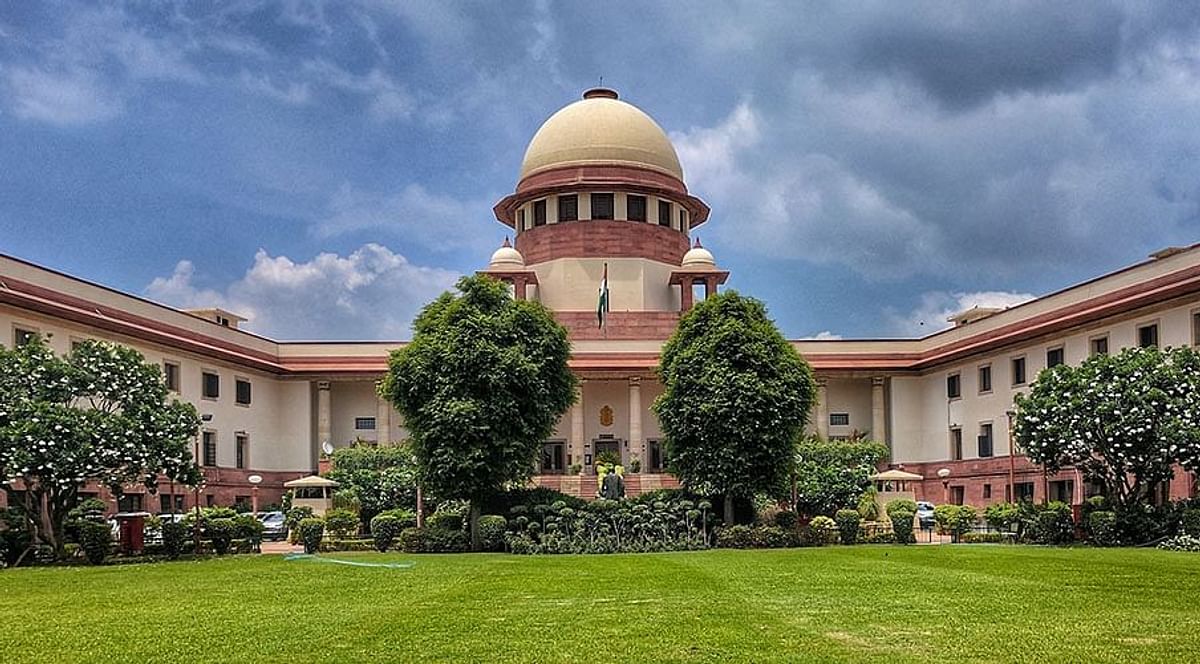
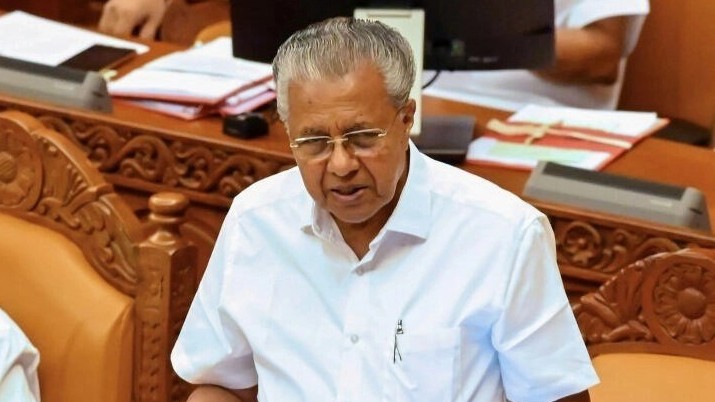
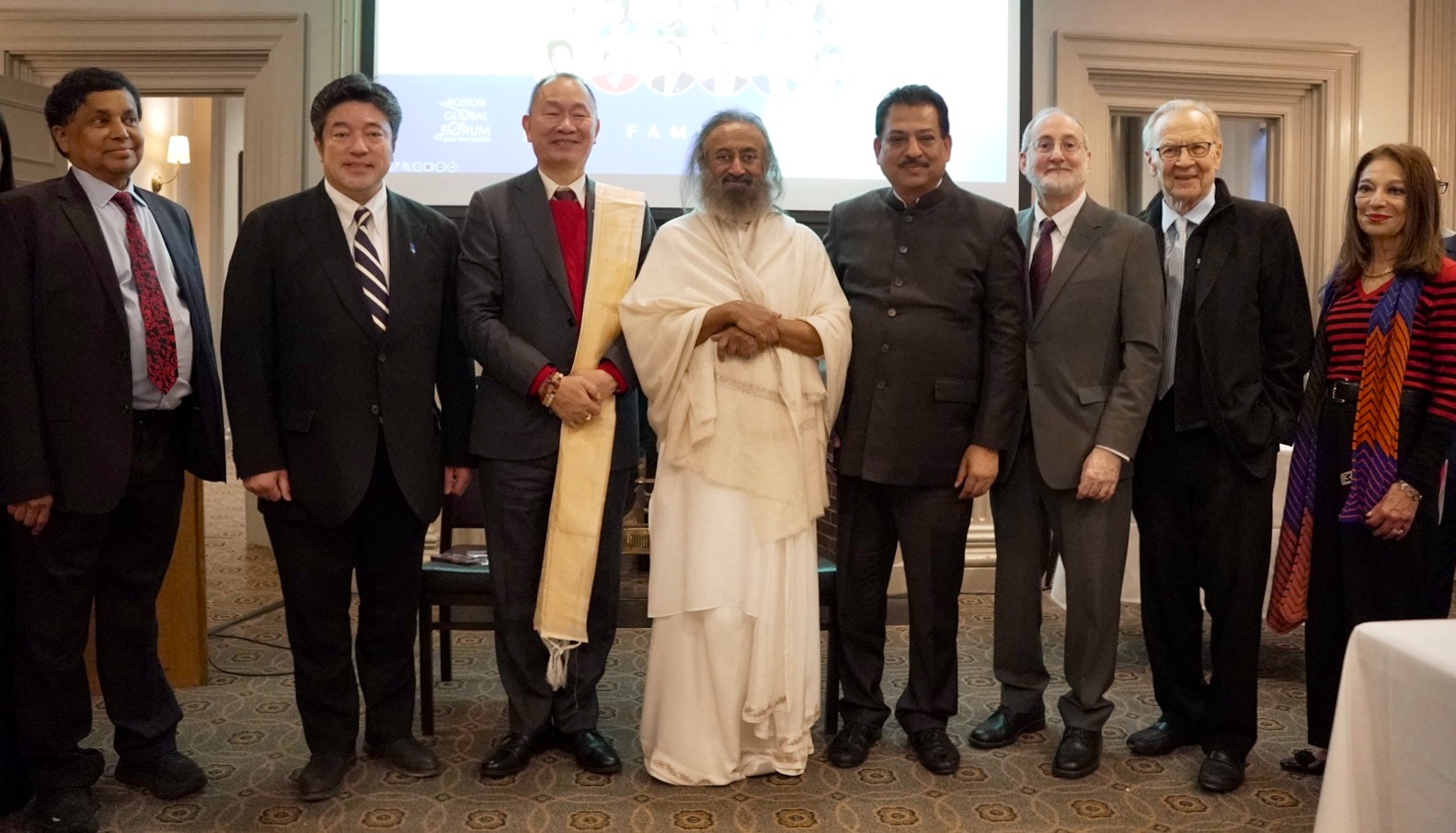
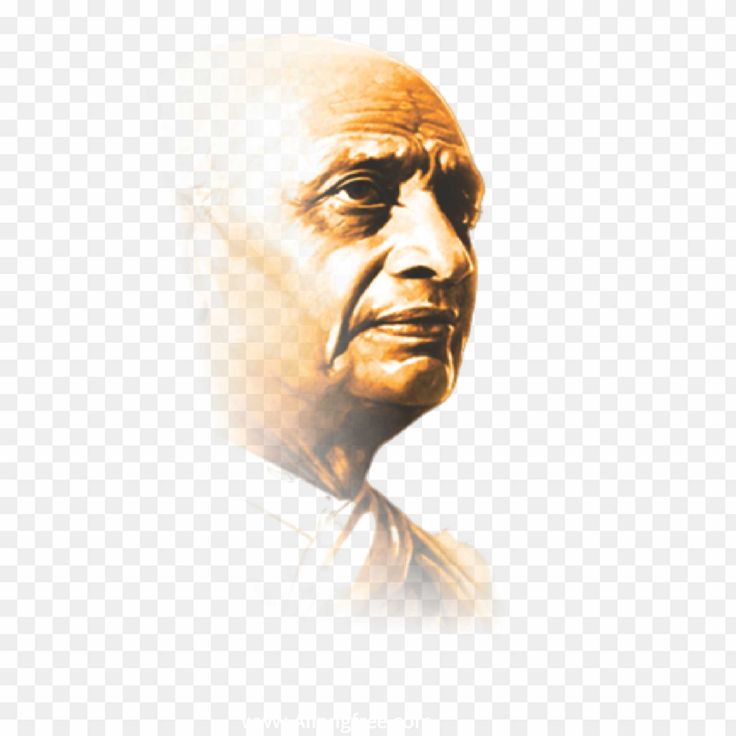
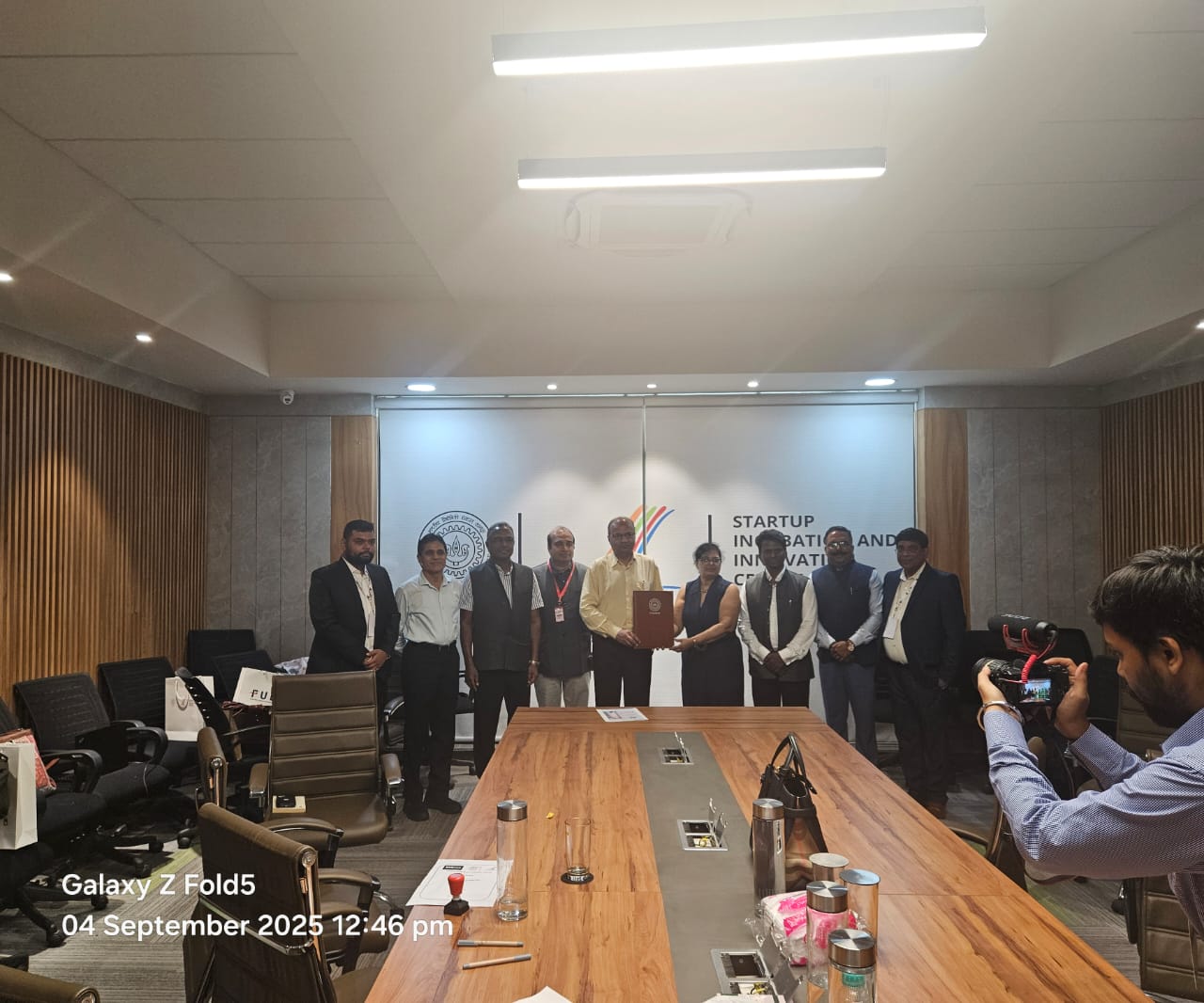
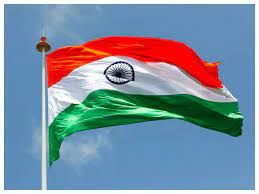








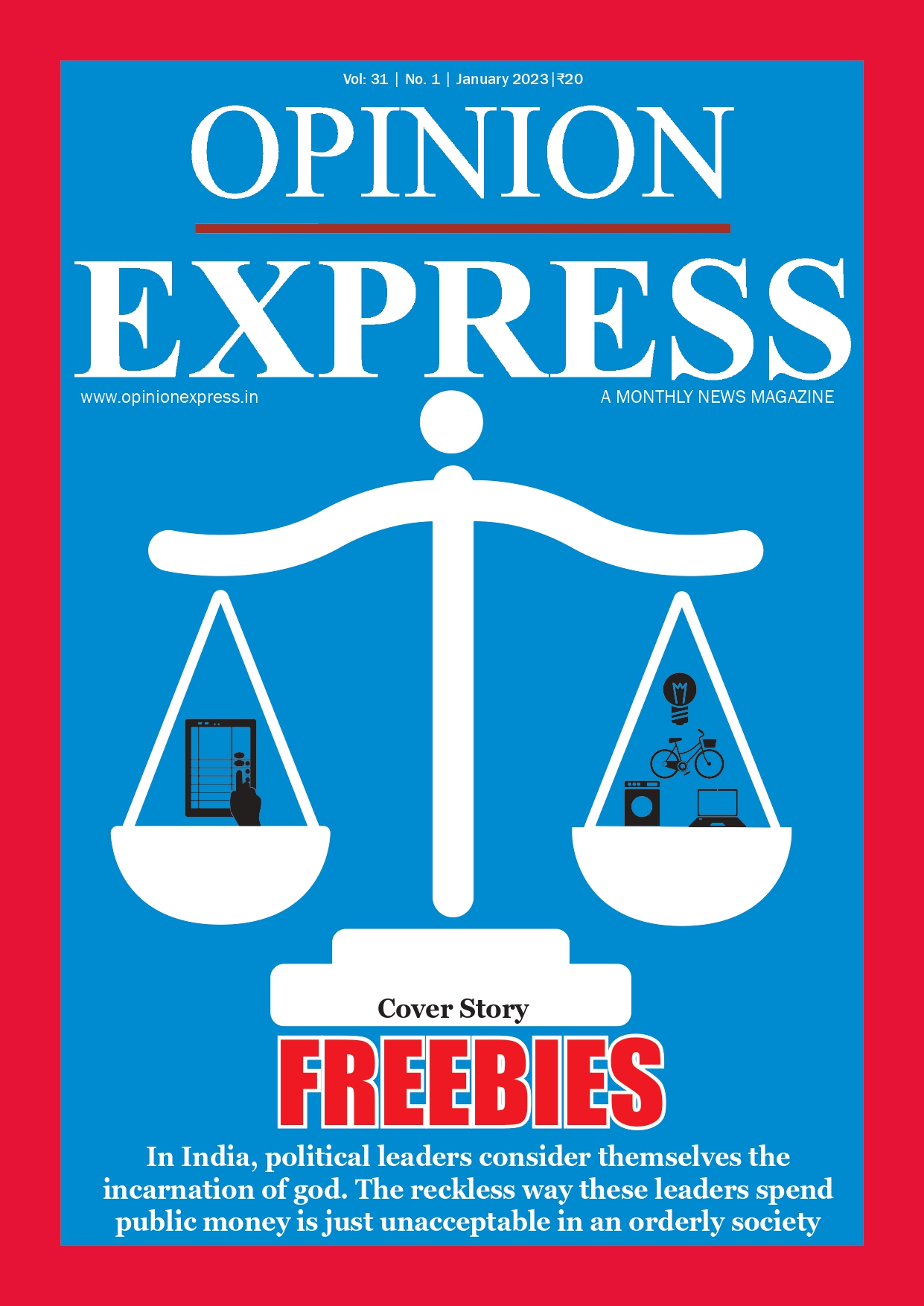
Comments (0)